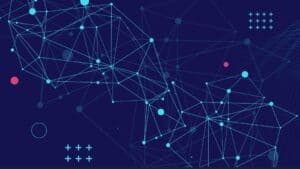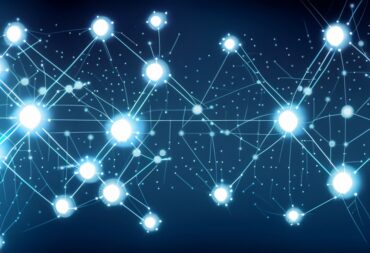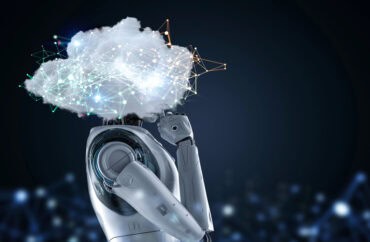
Graphs have been largely overlooked during the most recent artificial intelligence hype cycle, but they are the foundation of a number of business-critical use cases.
If you didn’t know anything about technology, you could be forgiven for thinking that the only type of artificial intelligence (AI) worth pursuing is generative AI and that all AI models are large language models (LLMs).
Headlines have been touting the capabilities and evolution of LLMs like ChatGPT for two years now. Although these tools are already beginning to transform the way people work, there are also other important tools powering valuable AI applications. One of these is graph algorithms.
A graph algorithm (often simply called a “graph”) is a data structure made up of vertices and edges. In this context, a vertex refers to any entity represented by data, such as a social media user, a physical location, or a film on Netflix, and an edge is simply a relationship between any of these various entities.
These are some of the most promising AI applications of graphs:
1. Recommendation Engines: Many of us interact with recommendation engines multiple times a day, with graph algorithms predicting what products, content, or connections will interest us most. When Amazon suggests you try a particular product or Netflix recommends a specific romantic comedy, these platforms analyze graphs. By finding similarities in the buying or viewing patterns of different users, these systems can generate accurate predictions of user preferences.
2. Fraud Detection: Graphs are powerful tools for helping financial institutions detect fraud. Insurance fraud, for instance, often relies on loosely connected criminal networks made up of dishonest attorneys, medical providers, and repair shops. Without the help of AI, it can be almost impossible for fraud detection teams to discover the relationships between these actors, but graphs are useful for mapping out connections that might otherwise be missed. Graphs also make it easier for data analysts to visualize these connections, which can be an important first step in flagging a case for a more thorough investigation. In other forms of AI, algorithms are often a “black box” (meaning they will provide a prediction but won’t offer the explanation behind the prediction). By contrast, the visual component of graph algorithms gives fraud detection teams the context they need to understand why a claim has been deemed suspicious.
3. Drug Development: Within the pharmaceutical and biotechnology industries, companies are using graphs for their ability to model biomolecular structures and the functional relationships between those structures. Because graphs can reveal the underlying connections between different types of biological data, they can enable powerful algorithms that can help researchers improve biological target prioritization and discover new associations between certain drugs and diseases. For example, the German molecular diagnostics and pharmaceutical research company QIAGEN used graphs to identify promising drugs for COVID-19 clinical trials.
4. Social Network Analysis: Because graphs focus on the relationships between different data points, they are an ideal tool to aid in social networking analysis. This sort of analysis studies the structures of organizations or networks to better understand the dynamics that occur among different entities. The results can be used to improve the quality of service on social networking platforms by suggesting more relevant recommendations and providing new functionalities on the platform. While this kind of analysis, of course, has valuable applications for social networking companies, social network analysis can benefit all types of organizations. For instance, it can be used to better understand information flow and improve communication and collaboration within companies.
5. Risk Analysis: Here again, graph algorithms are extremely useful for uncovering hidden relationships that reveal potential risk, much in the same way that they do so in cases of fraud detection. For instance, within a given network of people, a graph algorithm can use relationship information to determine which members are legitimate users, sellers, or customers and which are more likely to be scammers. Graphs also allow organizations to go beyond traditional risk analysis calculations, helping to identify “contagious risks” that have the potential to spread throughout a network.
See also: Considerations and a Blueprint for Responsible AI Practices after a Year of ChatGPT
A Final Word on Applications for Graph Algorithms
As artificial intelligence becomes a more integral part of operations across industries, IT and business leaders must understand both the opportunities and the challenges presented by graph algorithms. While these tools may not generate the same sorts of headlines as LLMs, they form the backbone of a number of critical AI applications that can give companies a competitive edge.





























